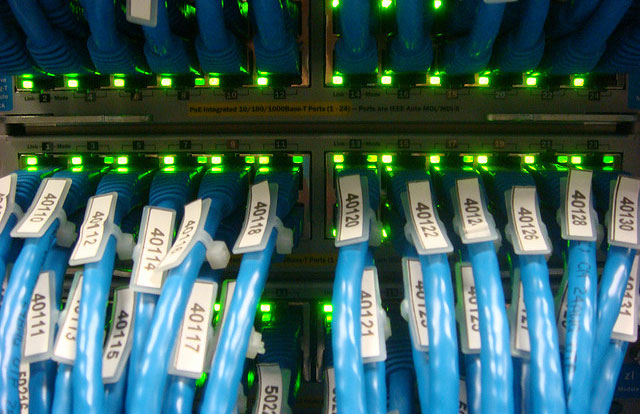
Global mobile data traffic grew by 81% in 2013, according to a recent report by Cisco (the Global Mobile Data Traffic Forecast Update). Last year’s mobile data traffic was nearly 18 times the size of the entire global Internet in 2000. Smartphones and tablets are driving this traffic explosion. A typical smartphone generates 48 times more mobile data traffic than a basic feature phone.
And it is not slowing down: global mobile data traffic is expected to increase nearly 11-fold between 2013 and 2018, growing at a compound annual growth rate of 61%. By 2019, the number of smartphone subscriptions is expected to reach 5,6bn, according to Ericsson.
Where does this leave mobile operators?
To cope with the increasing traffic, telecoms infrastructure is key. And that often means investing in new and better infrastructure. There are many ways to improve efficiency in every part of the network, from smarter OSS solutions to ultra-high efficiency antennas.
But arguably the most important link in the chain is the data centre. High quality, efficient data centres are essential. They house and power all the equipment needed for transmission of data and are both the heart and brain of any network.
Telecoms operators and other IT players often have long lists of reasons for planning for a new data centre, but the increasing data demand by customers is the most common reason. They have quite simply run out of space in their existing facilities and urgently need to expand to meet current demand (let alone future demand). Lack of capacity is no option. It would be like telling all existing and future customers to get lost and rather turn to a competitor. It would seriously hurt the brand and the bottom line.
Data and switching equipment is relatively easy and quick to order. The data centre building itself is trickier. In many markets, it can take over a year to plan, co-ordinate (with different suppliers) and construct a new data centre facility. There are often delays and budget over-runs. Buildings for data centres are often not purpose built to be used as technical facilities and often have water leaks and other problems.
So mobile operators, hosted data providers, Internet service providers and others are increasingly choosing turnkey prefabricated data centres instead of brick-and-mortar solutions. They are much quicker to deploy, saving time and money, and will always be the right size since their modular structure make them easy to expand quickly in response to changing needs.
Roof-top data centre
Vodacom Mozambique’s deployment of a prefabricated data centre (Flexenclosure’s eCentre) on top of a six-storey building in central Maputo is a good example of the need for speed. The 126sq m facility was manufactured in Sweden, shipped to Maputo and installed in just eight days.
Benefits were a guaranteed product, budget and delivery time. This would have been very difficult, if not impossible, to achieve with a traditional brick-and-mortar structure.
A second reason for mobile operators needing a new data centre speedily is when there has been a data centre-related incident of some kind, which needs a very quick fix.
In August 2013, a battery-related fire damaged Vodacom Tanzania’s energy centre in Dar es Salaam, resulting in a serious (and very public) disruption to its network services. This time the eCentre was chosen to replace the old energy centre. It included separated A and B sides and separated batteries, increasing redundancy and security and thus minimising the risk of any impact on business continuity in case of another accident.

Prefabricated data centres are not constructed on site but rather in a clean environment far away from the deployment location. All engineering expertise is already there and the systems can be thoroughly tested before shipment.
Energy efficiency is also becoming more important, especially in emerging markets where energy supplies are generally unreliable and the cost of power is constantly rising. A modern, prefabricated, modular data centre uses the most appropriate and efficient cooling solutions available. For example, indirect free air cooling can provide up to 70% electricity savings. A smart infrastructure management system can monitor energy efficiency remotely and optimise power usage. In all, this leads to significant reductions in energy consumption and cost.
Experience on the ground has given the industry strong incentives to choose turnkey modular data centres over traditional builds. In the long run, this is great news for both end consumers and suppliers of sought-after data to keep the smartphones ticking and beeping.
- Peter Karaszi is a communications expert in intelligent telecoms solutions. Based in Cape Town, he has 30 years’ industry experience and has authored six books

